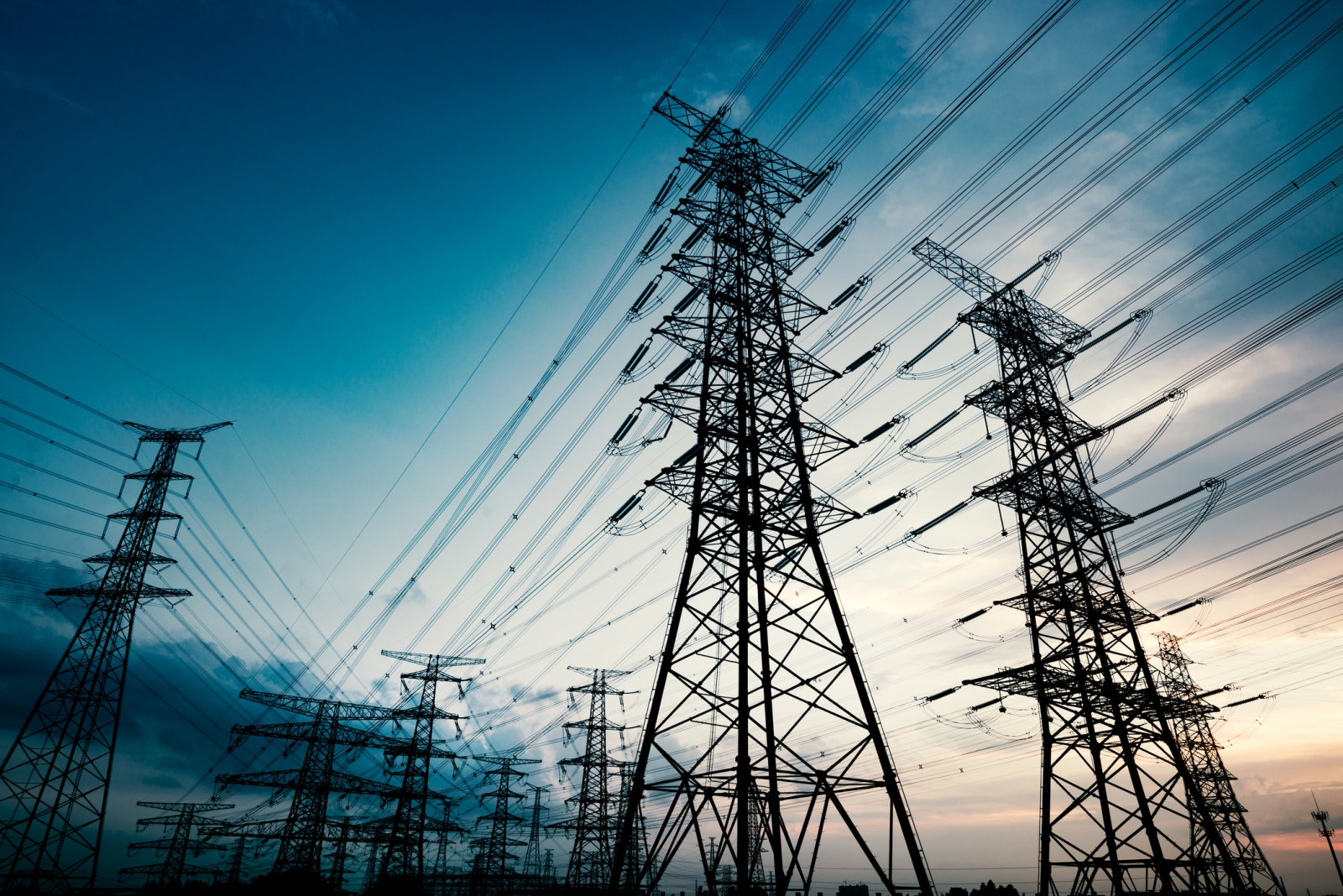
Obstacles remain in ASEAN regional power deal. (Photo: iStock)
After successfully obtaining green electricity from Laos through the "Laos-Thailand-Malaysia-Singapore Power Integration Project" (LTMS-PIP), Singapore announced on Sept. 20 that the second phase of the project will expand, with plans to import an additional 100 MW of electricity from Malaysia.
However, unexpectedly, this electricity may not necessarily be renewable, highlighting that despite the interconnected power grid, there are still challenges in cross-border green electricity procurement. In the context of competing for limited green electricity, the formation of an ASEAN power grid remains uncertain.
Challenge 1: Gaining or losing green electricity?
According to Singapore’s Straits Times, there was little information available about the second phase of the import power project. Upon further inquiry, it was revealed that the electricity from Malaysia will be transmitted through its mixed fossil fuel power grid, indicating that the source of the electricity may not be solely renewable. This undermines the original intention of enhancing green electricity trading through the cross-border grid.
Malaysia, which primarily relies on coal-fired power, is unlikely to easily export renewable energy like Laos. Some analysts believe that under the global push for decarbonization, the ASEAN power grid is a tool for acquiring green electricity from other countries but may also open the door to a zero-sum game in green electricity.
In July of this year, Singapore faced obstacles in extending its green electricity import plan from Laos, reportedly due to disagreements over transmission and purchasing volumes with Thailand and Malaysia. In December of last year, former Thai Prime Minister Srettha Thavisin directly stated that Thailand would not allow Laos’ electricity to be transmitted through its grid to Singapore, as Thailand also wants to purchase green electricity from Laos.
Challenge 2: Outdated grid infrastructure
In addition to resource competition, inadequate renewable energy infrastructure, especially in grid investment, poses a significant challenge. The International Energy Agency (IEA) estimates that between 2026 and 2030, approximately $21 billion (around NT$6.779 billion) per year should be invested in updating power grids, which is a heavy burden for ASEAN countries.
A report from Singapore’s ISEAS-Yusof Ishak Institute indicated that if domestic power grids are not updated, the maximum electricity trading capacity would only reach 300 MW, which would be insufficient to meet the expanding cooperation needs of ASEAN countries.
In response, Singapore and Malaysia updated their shared transmission system in 2022 to accommodate 1,000 MW of electricity, while Malaysia and Thailand are also considering improvements to their bilateral power infrastructure.
Source: The Straits Times(1)、(2)




